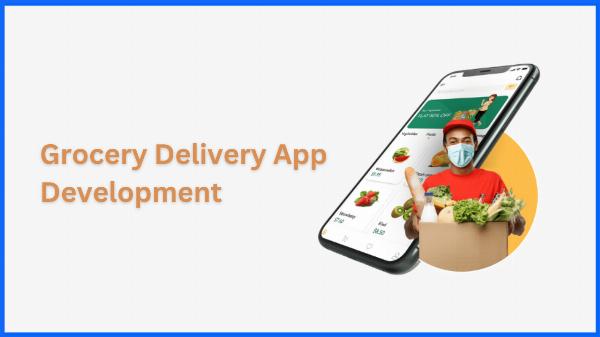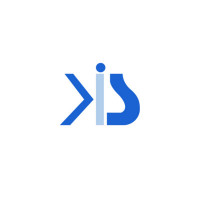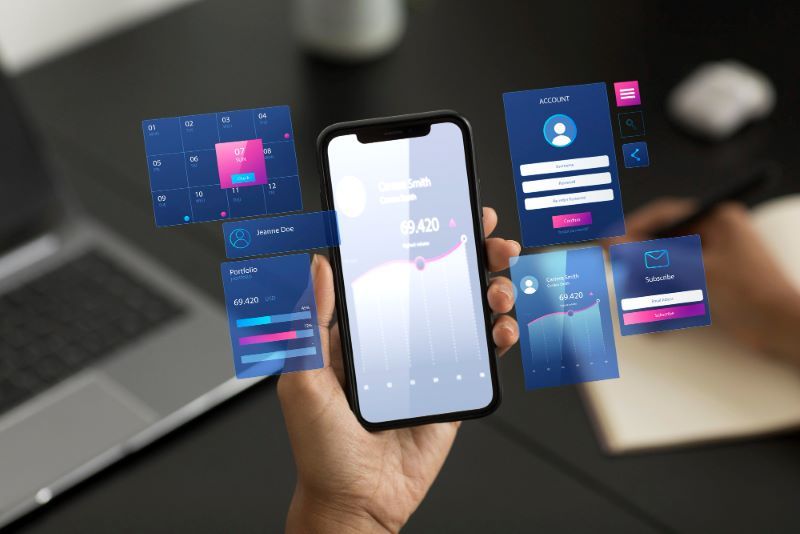Grocery Delivery App Development: Features, Business Model, Cost, Technology Stack, and more

Strong 8k brings an ultra-HD IPTV experience to your living room and your pocket.
“Stay home, we deliver”—how nice it feels when you place the order and fresh groceries are delivered to your doorstep. Grocery delivery apps are trending as profitable businesses; know why!
✍️ Developers are shifting toward microservices for scalability. Read how this architecture impacts modern app development projects.
The on-demand grocery delivery industry witnessed a huge hike after the COVID outbreak, when everyone had to remain indoors shopping for daily essentials and grocery online was the only way out. This however proved to be a boon for on-demand grocery delivery services like BigBasket, Amazon Fresh, Dunzo, Grofers, Instacart, Shipt, FreshDirect, Walmart, Hungryroot, Blinkit, Flipkart Grocery, JioMart, and more.
The success of these grocery delivery platforms is an inspiration for budget entrepreneurs and owners around the globe. Are you interested in taking your grocery business online? We will tell you how much it costs to create a grocery delivery app Instacart and website.
Latest developments in grocery delivery include Amazon introducing grocery delivery subscriptions for Prime members and EBT users in over 3,500 locations in the US. They charge $9.99 per month for prime members and $4.99 per month for EBT cardholders.
Retail deliveries are growing in proportion to e-commerce apps in India. The grocery delivery market started offering region-specific products to cater to a local population but expanded its operations with the rising demand to include organic and locally sourced products. The varied product range invites competitive pricing, faster delivery, express delivery, subscription-based services, and cashless payment options to attract more customers.
Features and Modules
Features within a Grocery delivery app that every mobile app development company should consider:
Customer Panel: Profile creation and editing, Signup and Login, Search groceries,
Checking grocery stores, Add to cart option, Schedule Orders, Payment gateway, Order History, Real time order tracking, Customer feedback – Reviews and ratings option
Admin Panel: Registration & Profile Management, Admin Dashboard, Content Management
Order Management, Push Notifications, Loyalty program offers and schemes, Analytics
Delivery Agent's Panel: Registering And Editing The Profile, Order Management, GPS Tracking and Maps, Status Update, Delivery History, Digital Wallet
Grocery Store Panel: Inventory Management, Order Notification, Accept or Reject Orders, In-app Chat and Calling, Manage Payments, Customer Support, View Feedback
Other features: Customization options, Personalized recommendations, and Ratings and reviews
Technology Stack
| Frontend Tools | React Native, Flutter, Angular |
| Backend Tools | Python, Java, and NodeJS |
| Database Systems |
MySQL, PostgreSQL, MongoDB, and Couchbase, NoSQL |
| Third-party Integrations | Google Maps, PayPal, Stripe |
| Cloud services | Amazon Web Services (AWS), Google Cloud Platform (GCP), and Microsoft Azure for hosting, and Amazon S3 for file storage |
| Location and maps | Google Maps and Apple Maps |
| API gateway | Kong or Express Gateway |
| Security | SSL certificates, authentication for OAuth, JWT, and role-based access control |
| Analytics and monitoring tools | Google Analytics, Firebase, or Mixpanel |
| Programming languages | SwiftUI can be used for iOS apps, and Kotlin can be used for Android apps. |
Grocery Delivery App Development Cost
Grocery delivery app development costs between $30,000 and $55,000, depending on the operating system and the development company's hourly rates. But, the final cost varies depending on the app’s complexity, features, functionality, choice of platform, development company’s location, the size, location, and expertise of the development team, technology, integration costs, maintenance and updates.
Hidden Cost For Grocery Delivery App Development
After the app is launched, it will need to be updated periodically to keep customers engaged and to account for new devices and market trends. This will require ongoing maintenance and support costs, such as reusing existing code and upgrading the app.
Testing the app on a variety of devices and platforms is challenging, and requires emulators, real devices, beta testing, functionality testing, security testing, and automated testing. All of these take a lot of time and resources, but are necessary to ensure the app is compatible and has a smooth user experience.
Some functional services, like emails, in-app messaging, and authorization, may need to be integrated into the app using services like Firebase, which costs around $25 per month. The cost of these services depend on the app's functionality, and users are required to pay for the ones they use.
How to Reduce Grocery Delivery App Development Cost?
Focus on the core functionalities users need first, like browsing menus, ordering, and tracking deliveries. Target one operating system at a time, and develop for that either Android or iOS to begin with. Make use of available open-source libraries and frameworks. Create an app with core features and add more based on feedback. This helps check the idea's viability and attract investors. Consider outsourcing to an external expert who has the resources to complete the task quickly without compromising quality. Conduct thorough research to prevent misunderstandings and misalignments.
Have a clear project scope and comprehensive plan to be a reference point throughout the project's lifecycle. Create a prototype of an actual project before moving ahead. Select free online templates that fit your application requirements. Perform user acceptance testing that includes target users to test the application interface and experience from their perspective to identify and remove any elements that would lead to bad reviews.
Points to Contemplate
Grocery delivery apps offer long-term cost savings for businesses, despite the initial investment required to develop them. Apps automate processes like order management, inventory tracking, and delivery logistics, which reduces manual labor costs. Apps also generate revenue by charging users a delivery fee that can vary based on factors like distance or speed. Subscription models are another way app owners can generate revenue.
Grocery delivery apps offer convenience by allowing users to shop from anywhere, at any time. Such apps offer special deals, discounts, and loyalty programs to help customers save money. They also allow customers to compare prices and read reviews before making a purchase. These days they are also focussing on sustainable and eco-friendly initiatives.
Some app development companies offer pre-loaded templates with basic grocery delivery app features. You can brand the app with your own colors, logos, and images, and then add your product list.
Note: IndiBlogHub features both user-submitted and editorial content. We do not verify third-party contributions. Read our Disclaimer and Privacy Policyfor details.







